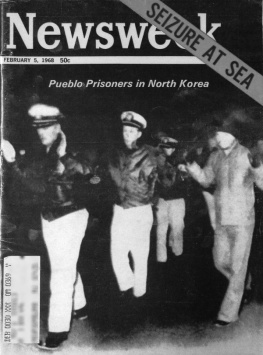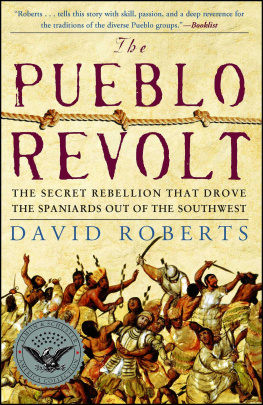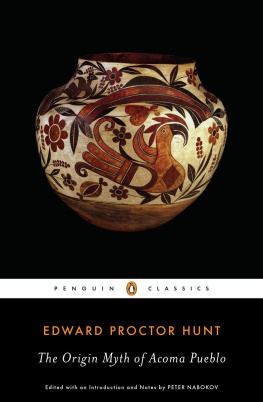LONDON SCHOOL OF ECONOMICS MONOGRAPHS ON SOCIAL ANTHROPOLOGY
Managing Editor: Anthony Forge
The Monographs on Social Anthropology were established in 1940 and aim to publish results of modern anthropological research of primary interest to specialists.
The continuation of the series was made possible by a grant in aid from the Wenner-Gren Foundation for Anthropological Research, and more recently by a further grant from the Governors of the London School of Economics and Political Science. Income from sales is returned to a revolving fund to assist further publications.
The Monographs are under the direction of an Editorial Board associated with the Department of Anthropology of the London School of Economics and Political Science.
First published 1967 by The Athlone Press
Published 2020 by Routledge
2 Park Square, Milton Park, Abingdon, Oxon OX14 4RN
605 Third Avenue, New York, NY 10017
Routledge is an imprint of the Taylor & Francis Group, an informa business
Robin Fox, 1967
All rights reserved. No part of this book may be reprinted or reproduced or utilised in any form or by any electronic, mechanical, or other means, now known or hereafter invented, including photocopying and recording, or in any information storage or retrieval system, without permission in writing from the publishers.
Notice:
Product or corporate names may be trademarks or registered trademarks, and are used only for identification and explanation without intent to infringe.
Library of Congress Catalog Card No. 67-17557
ISBN 13: 978-1-8452-0001-5 (hbk)
PREFACE
The Keresan Bridge is a phrase which was coined by Fred Eggan in The Social Organization of the ). Commenting on his theory in a later work (Eggan 1955) he puts the problem thus:
The relationship between the Eastern and Western Pueblos and the considerable differences between their social structures offered a problem which I attempted to solve by an acculturational hypothesis The key to this problem may lie in what I have called the Keresan Bridge, the group of Keresan-speaking Pueblos which adjoin Zuni on the west and the Tewa and Tiwa on the east. Here there is some evidence of variation from lineage to bilateral organization, and I have interpreted it as in that direction, though further evidence may reverse it. (p. 510.)
I have examined here the considerable differences between the social structures of the Western and Eastern Pueblos, the variation from lineage to bilateral organization, and the role of the Keresan Bridge. This is an ethnological analysis in the British sense of the term; that is, an analysis of the history of a people who lack written records. Such analyses are not usual in British anthropology, and I should perhaps explain how I came to break with tradition.
In the summers of 1958 and 1959 I was able to gather some firsthand information on the social structure of the Pueblo of Cochiti, New Mexico-an Eastern Keresan Pueblo. Eggan and others regard this as one of the most acculturated of the Keresans, and have used the data on its social structure to support their ethno-logical hypotheses.
When I first went to Cochiti I was not very interested in the ethnology of the Pueblos. I spent most of my time gathering material on language-use in Cochiti since I was primarily interested in Whorfs theories (Whorf, 1956). The information I gathered on social structure was, by modern fieldwork standards, very thin. It did not seem possible to make an ethnographic monograph out of it, so I put it on one side and began some fresh fieldwork in Ireland.
For four years after leaving America I taught sociology at the University of Exeter. I almost forgot about the Pueblos, and regarded my time in Cochiti as little more than fieldwork practice. The few short things I wrote on the subject concerned language, baseball, veterans and witchcraft (Fox, 1959, 1950, 1961a, 1961b, 1964). In these I followed Eggans theory without thinking about it too deeply. But when I began to teach kinship at the London School of Economics (19634), I went back over my notes, and gradually became convinced that there was something wrong with the generally accepted ethnological theory. My analysis of the Cochiti material seemed to throw some doubt on the theory, so that even though the material was in many ways inadequate, I felt I should present it.
I started to write a descriptive article which was the basis for the present and the conclusion, we have the whole of the present book.
My main concern when I began was to show how Cochiti kinship structure could not be explained in terms of a Variation from lineage to bilateral organization. But as I went deeper into the ethnological issue the problem of the Keresan Bridge began to dominate the narrower question of the true nature of Cochiti kinship structure. The latter became evidence for an ethnological critique, rather than the purpose of the analysis. An earlier version of this book - very much Cochiti-dominated - was entitled Cochiti Kinship Structure and the Study of Pueblo Social Organization (Ph.D. thesis, London University, 1965). In the present, much revised, version the problem of the Keresan Bridge is central, and this change of focus is reflected in the change of title.
These elements of intellectual autobiography are necessary in order to show how this rather uneven book happened. In a sense it started in the middle and worked in both directions at once. The details of the books composition may also help to explain why parts of it contradict certain things I have said in previous publications. This version is by no means final. My findings are at best tentative hypotheses and I hope they will be treated with great scepticism. There are many aspects of the problem that I have barely touched - the difficult archaeological issues, for example; and others I have dealt with all too briefly - for example, the even more difficult problem of the change from elementary to complex structures of alliance. But I have felt it best to publish now and let the arguments be ventilated.
I spent altogether five months in Cochiti itself. I visited most of the other Pueblos, and stayed for a short time in Moenkopi in the far west of Hopi country. In Cochiti my wife and I lived in the same house on each visit. On the second trip we shared it with a Cochiti family and were able to become involved in day-to-day kinship affairs. We were given an adoption into a clan (Oak), but I do not know quite how seriously this was taken. It was regarded as enough, however, to allow us to attend all the ceremonies connected with the marriage of a fellow clansman. These have been described from informant accounts, but as far as I know no anthropologist has attended them before. Most of my information on social structure came from the direct observation of interaction, and from many long conversations with the more intelligent and reflective Cochiti. These were mostly well-travelled ex-Servicemen, veterans of World War II and Korea, who were able to view their society with some objectivity. They realized that it was changing and were concerned that this change should be peaceful. Hence they were interested in understanding their own institutions in order to preserve the best in them without hindering necessary change. As long as I did not try to pry into ceremonial secrets these men were very willing to discuss social institutions with me; I take this opportunity of acknowledging my debt to them. My wife was very much involved in the activities of the women ana learned a great deal from them about domestic life. Without her help I could not possibly have achieved any understanding of this important aspect of Cochiti kinship organization.






